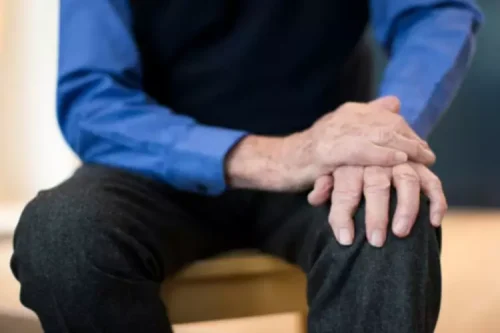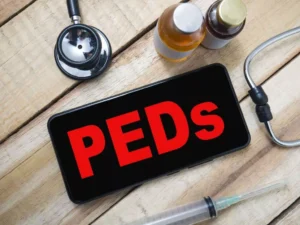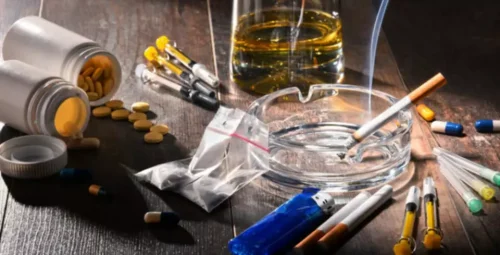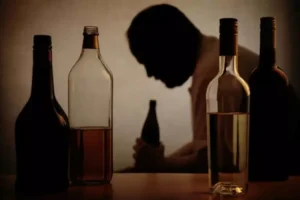
Marijuana Addiction: 5 Signs Someone Is Addicted to Weed

Symptoms of withdrawal can be unpleasant and can derail your efforts to stop smoking weed. When the physical and psychological symptoms get bad enough, you might return to using the drug to find relief. The American Society of Addiction Medicine (ASAM) generally favors a gradual tapering approach to help minimize severe withdrawal symptoms. Marijuana detox is the first step a person with marijuana use disorder needs to make to recover from the condition.
What is the difference between cannabis and synthetic cannabinoids?
Regardless of how THC is ingested, the substance acts specifically on the brain cell’s cannabinoid receptors. If you use these drugs more, you’re at risk for opioid use disorder. Studies also note that if you’re at risk of a mental condition, you may be more likely to smoke marijuana at an earlier age, maybe as a way to medicate yourself. Psychosis is a symptom of a serious medical condition called schizophrenia. Schizophrenia also affects the way you understand what’s real, but it includes other symptoms like trouble with speech and not being able to focus and show emotions.
Building up a tolerance
This might involve finding healthy ways to manage stress, such as exercise, meditation, or creative pursuits. For some, like those who’ve struggled with Xanax addiction, learning to manage anxiety without substances is a crucial part of their recovery journey. For many, the journey into marijuana addiction begins innocuously enough. A puff at a party, a shared joint with friends, or perhaps a curious experiment born of youthful rebellion. The initial experiences are often positive, marked by feelings of relaxation, euphoria, and a sense of connection with others. These early encounters can create a deceptive sense of control, leading users to believe they can indulge without consequence.
Marijuana Addiction Treatment and Rehab Options
- Marijuana addiction can be challenging both for the person experiencing the addiction and for those around them.
- However, recent trends toward greater societal acceptance of marijuana use and increased availability of both recreational and medical forms of the drug may increase the addiction rate in older adults.
- Start by talking to your doctor or mental health professional about your treatment options.
- The most important thing to remember is that you can beat this addiction.
- For some, like those who’ve faced gabapentin addiction, it takes the concern and support of family and friends to recognize the severity of their problem.
The conversation around marijuana use has become more nuanced since the World War II era film “Reefer Madness” portrayed the drug as destructive and dangerous. A 2014 review looked at the available research regarding people with epilepsy using marijuana to ease their seizures. But family ties may also help some people avoid progressing to a state of addiction. Other support groups exist, such as the SMART Recovery™ program, for those looking for options outside the traditional 12-step model. Some cannabinoids are psychoactive, meaning they act on the brain to modify mood or consciousness.
- It’s a lot like one your brain makes (anandamide) that sends messages between nerve cells throughout your body.
- However, it also has room to recognize cannabis addiction if it occurs.
- Mental health conditions, which have both genetic and environmental causes play a large one in a person’s chance of developing an addiction.
- In that vein, the amount of time your withdrawal will last varies.

It can also be consumed via tea, baked goods, candies, or other edible means. Another way of ingesting the drug is to mix the plant’s leaves, flowers, stems or seeds into food or to brew the https://ecosoberhouse.com/ leaves as a tea. If you use it regularly, you could have the same breathing problems as someone who smokes cigarettes. That’s partly because THC seems to weaken some users’ immune systems.

I’m In Recovery
For some, like those who’ve struggled with Vyvanse addiction, the pursuit of a high can lead to a dangerous cocktail of substance abuse, further complicating their professional lives. The signs of marijuana addiction can be insidious, often masquerading as harmless quirks or temporary phases. Preoccupation with obtaining and using the drug, neglecting responsibilities, and continuing use despite negative consequences are all red flags.
Treatment for Marijuana Misuse and Addiction
As with other types of drug addiction, there are behavioral and physical signs that can signal marijuana addiction (known medically as cannabis use disorder). Food and Drug Administration (FDA), a drug must have well-defined and measurable ingredients consistent from one unit (such as a pill or injection) to the next. Cannabis use disorder involves continued use of the substance even though the person experiences negative health or life effects from it. To diagnose cannabis use disorder, a healthcare provider assesses the person’s history. This includes whether they or their immediate family members have a history of substance abuse or mental health issues and also includes their medical history and exposure to environmental stress. While most people do not develop cannabis use disorder, it can happen.

CUD and Other Mental Health Conditions


© 2021 Oak Tree. All rights reserved.


Comments are closed.